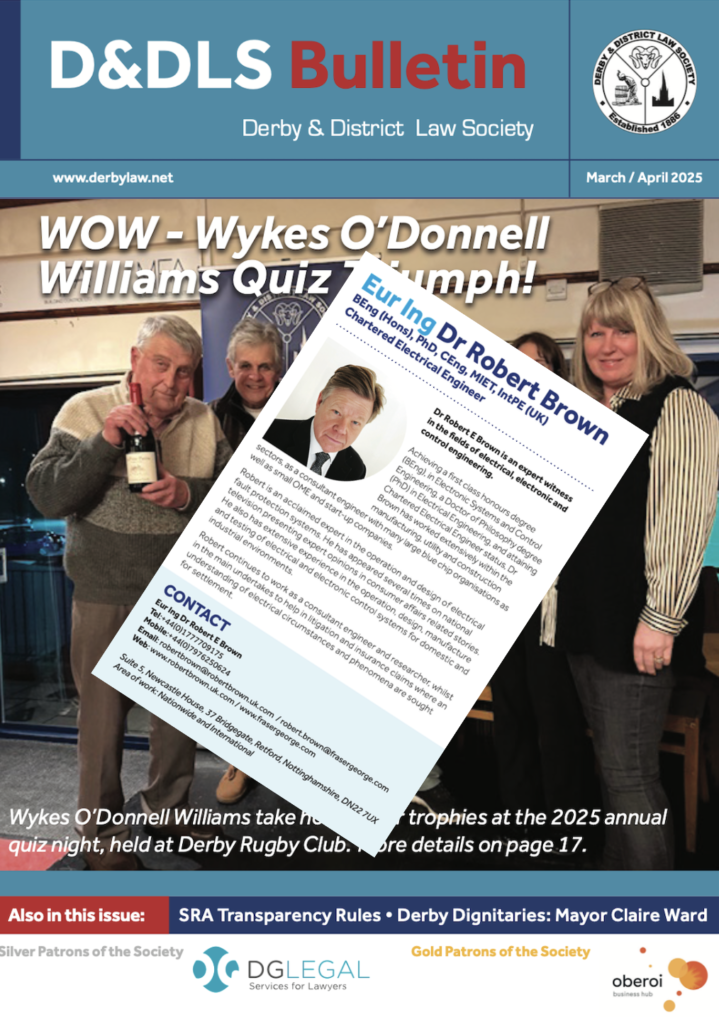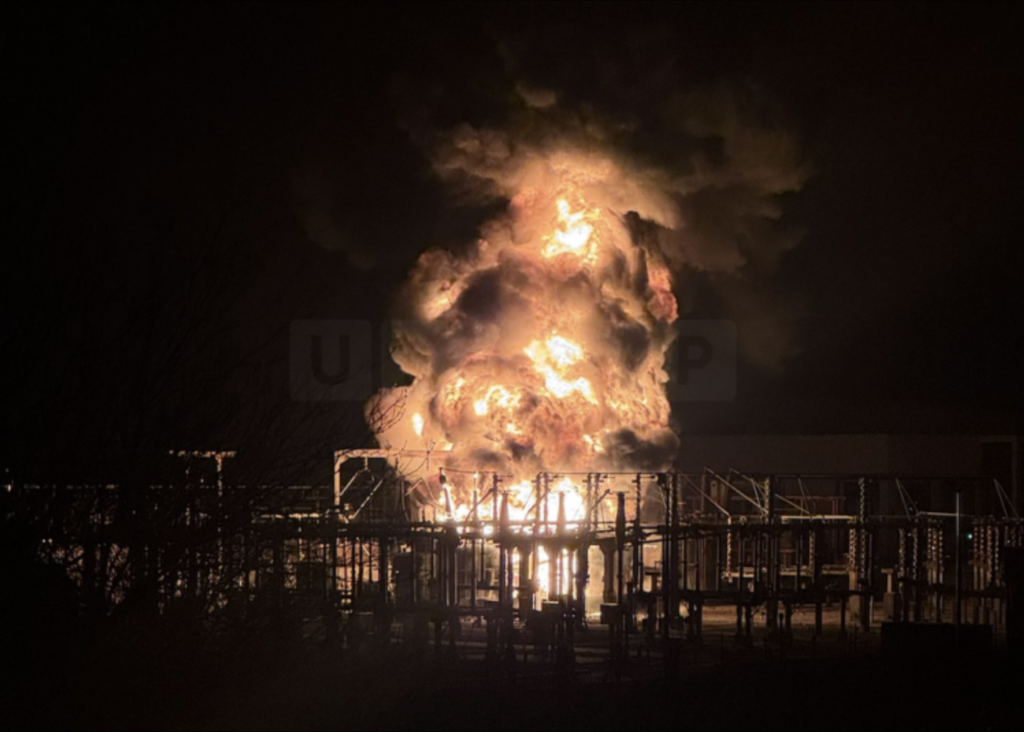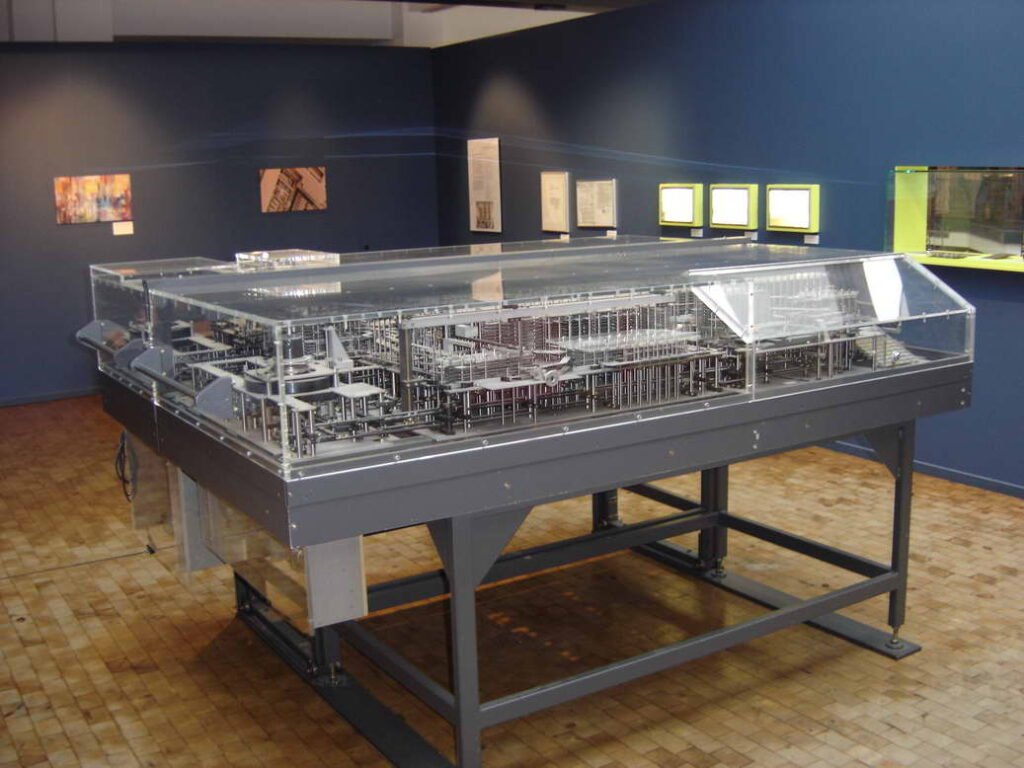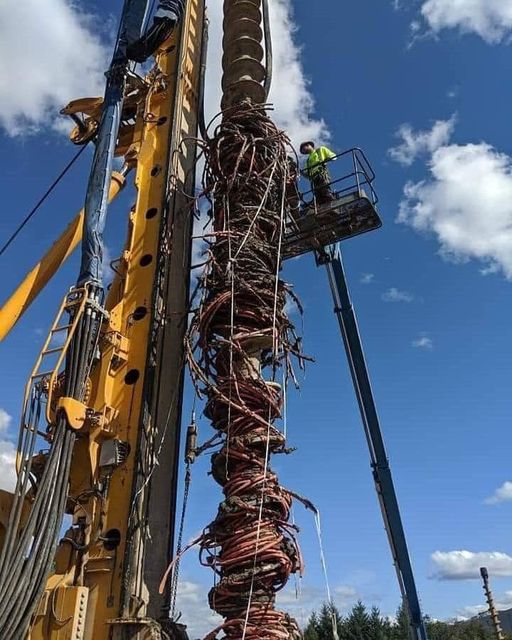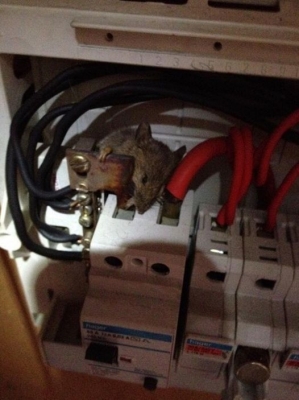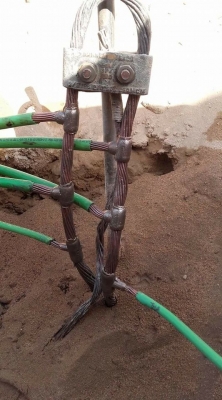Electrical Engineer Expert Witness? Electrical dispute? Do you require the services of an experienced electrical engineer expert witness? CPR 35 expert report? Contact Fraser George !!
Electrical Protection Devices
Electrical protection devices are specially design components, which are incorporated within an electrical system to protect the system and/or a user of the system from the consequences of an electrical ‘fault’.

There numerous types of electrical fault, for example a short circuit, a poor electrical connection, loose wire etc., yet in each case the fault has a direct influence on the magnitude of the flow of electrical current through the electrical circuit in which the protection device is inherent.
The simplest of electrical protection devices is an electrical fuse, which is generally perceived as a sacrilegious device, a simple section of wire, which on the passing of a ‘fault’ electrical current heats then melts and isolates the current from imposing damage on the parent electrical circuit. Perception of the simplicity of the electrical fuse may be, yet in reality the operation of a fuse is quite complex and even now not fully understood. Indeed research is ongoing on the fundamental operation of a fuse and fuse designers constantly strive to design fuses for numerous electrical applications. Yet in simplistic terms a fuse is designed to operate on the passing of a ‘rated’ electrical current, i.e. a current above say 13 Amperes, will cause the wire of the fuse to melt and isolate the current.
In concept, a Miniature Circuit Breaker (MCB) is but a ‘resettable’ fuse. In other words an MCB is not sacrificial, yet is reusable. Further, an MCB brings to the technology of electrical protection devices the concept of consideration of the dynamics of the flow of ‘fault’ electrical current, i.e. how the fault current manifests. In other words does the flow fault current suddenly and abruptly rise in magnitude, or does the magnitude of current rise at a slow rate over a time period?
To provide an efficient means to ‘clear’ the fault current of either dynamic type, an MCB capitalises on two fundamental phenomena of a flowing electrical current, i.e. a heating effect referred to as joule heating and a magnetic effect referred to as electromagnetic induction.
So in the case of a ‘low’ over rated fault current the heating effect of the electrical current is used to influence the movement of a ‘bi-metallic’ strip to bring about the opening of electrical contacts, i.e. a switch, to isolate the heating fault current. This low magnitude, over-rated fault current circumstance is a ‘slow process’ in the relativity of fault matters, where conversely a short circuit which generates a high magnitude, fast over current circumstance is a far different matter.
In the case of a short circuit, the MCB utilizes the magnetic induction effect of a flowing electrical current and in particular the increased magnetic field strength of the short circuit fault current to magnetically ‘pull’ open electrical contacts to isolate the fault current.
So in either fault case the opening of the switch/s is ‘latched’, so that the electrical fault circumstance can be then investigated and resolved, before the ‘resetting’ of the latched switch.
A Residual Current Device (RCD) when in operation is a totally different protection device to that of an electrical fuse or MCB. Indeed it can also be indicated that an RCD monitors for a different type of electrical fault condition. Where a fuse or MCB monitors for an excess of electrical energy, a RCD monitors for a reduction or ‘loss’ of electrical energy from a parent electrical system. Hence if say a ‘human’, inadvertently becomes an electrical conductor of electrical current within the electrical system, i.e. experiences an electrical shock, then the RCD detects the ‘loss’ of electrical energy and operates to isolate the electrical current within the electrical system.
An RCD operates by monitoring the electrical current flowing from the source of the electrical supply to the electrical load (appliances) of the electrical circuit and also returning from the electrical load to the source of the electrical supply. So if the two (2) electrical currents (too/from) are the same, then all good, yet if the two (2) electrical currents (too/from) differ then a leakage of electrical current exists and not good so the RCD operates to isolate the electrical current within the electrical system.
Some my recall when using outdoor power tools, the encouragement of use of a earth leakage circuit breaker (ELCB), well indeed and ELCB is but an RCD under a different guise.
A Residual Current Circuit Breaker with Over Current Protection (RCBO) is a electrical protection device which combines the operational attributes and benefits of a MCB and RCD in a single component package.
An Arc Fault Detection Device (AFDD) is a fairly new electrical protection device to the market and is as its name suggests is a device to detect and operate on the manifestation of an electrical arc.
An electrical arc is a potentially dangerous entity and can be perceived as a column of ‘air’, which acts as an electrical conductor of electrical current. Indeed an electrical arc on a small scale is akin to lightening on an electrical weather storm.
The manifestation of electrical arcs is common in electrical systems and is a consequence of ‘switching’ the flow of electrical current ‘on and off’, i.e. electrical arcs manifest between the contacts blades of electrical switches. In these circumstances electrical arcing is controlled by switch design.
However, if we consider an electrical switch at a fundamental level, an electrical switch in an off state, is two (2) metallic electrical conductors referred to as electrodes with an air gap between. So if any electrical conductor evolves to this fundamental state, such as in the circumstance that a wire breaks, or a cable connection comes adrift from a termination point, then most probably an electrical arc will be drawn (manifest). Now such electrical arcs are not controlled and hence can proliferate and expand to provoke fire ignition of surrounding media.
AFDDs constantly monitor and analyse the dynamics (time varying patterns) of the electrical current and voltage within the parent electrical system. So an AFDD has inherent intelligence that can differentiate between a ‘switching electrical arc’ and an irregular, ‘fault generated electrical arc’.
So in succinct summary, …
Fuses, MCB’s, afford protection against damaging high magnitude electrical current, currents that will bring about damage to the devices parent electrical system.
RCD’s, ELCB’s in a simplistic view, afford protection against electrical shocks.
RCBO’s are a combination of an MCB and RCD and therefore afford an overall electrical fault protection strategy
AFDD’s afford protection against the generation of irregular electrical arcs, which can provoke fire ignition.
About Dr Robert Brown:
Eur Ing Dr Robert Brown (Robert) is the Executive Director of Fraser George and Associates Limited and is a Consultant and Forensic Engineer in the fields Electrical Electronic and Control Engineering.
Robert is an accomplished professional Electrical Expert Witness having prepared and presented many court compliant reports and presented oral evidence within the High Court, Crown Courts and County Courts.
Robert is a registered Chartered Electrical Engineer, specialising in the fields are control engineering, parameter data capture and accurate data ‘representation’. Robert graduated from Sheffield Hallam University with a first class honours degree in Electronic Systems and Control Engineering and followed this by completing doctorate research in Electrical Engineering, again at Sheffield Hallam University where Robert undertook research studies in the field of Disintegration and Arcing in Electrical Fuses. Robert is now considered to be a leading world expert in the field of electrical circuit protection systems, the phenomena of electrical fuse operation and the attributes of clearing ‘fault’ electrical current circumstances. Robert has published my pure and applied research studies in peer-refereed journals and at conference.
In his spare time Robert is a Formula 1 motor racing enthusiast and enjoys outdoor activities especially hill walking and scrambling, golf and fishing. Robert is a brass band enthusiast, a tuba player and band manager of Hatfield and Askern Colliery Band. When time allows Robert also enjoys travelling and reading any books associated with travel and popular science.
Robert’s Curriculum Vitae:
https://drive.google.com/file/d/1GihZlqFQgqj2GUvJ6Qyq8C0qUk_ex9K1/view?usp=sharing
Robert’s litigation specialisms:
https://drive.google.com/file/d/1j82-viH_6kWaegdLl_GRRAFcEaHUm0wM/view?usp=sharing
Robert’s case portfolio:
https://drive.google.com/file/d/1xec5cowOe184V7ejCXKtHn8ELGKE0e3d/view?usp=sharing
Robert’s notable cases:
https://drive.google.com/file/d/11VUNbJOadHKOyEoOfY8xTZaAokElJAdH/view?usp=sharing
For further information please contact Robert via;
Email,…robert.brown@frasergeorge.com or robertbrown@robertbrown.uk.com
Tel Land: +44 (0)1777 709175
Tel Mobile: +44 (0) 7976250624
https://www.facebook.com/Fraser.George.Electrical.Expert
https://www.facebook.com/EurIngDrRobertBrown
https://www.linkedin.com/in/consultantrobertbrown
https://www.linkedin.com/company/21539092
Websites: www.frasergeorge.com and www.robertbrown.uk.com
https://frasergeorge.com/contact-us/
#ElectricalExpertWitness, #ElectricalEngineerExpertWitness, #ExpertWitnessElectricalEngineer, #ElectricalExpert, #ElectronicExpertWitness ,#ElectronicExpert, #ElectricalShock, #ElectricalRegulations, #ElectricalStandards, #ElectricalConsultant, #ConsultantElectricalEngineer, #ConsultantEngineer, #ForensicEngineerElectrical, #ForensicElectricalEngineer, #ElectricalRegulationsExpert, #ElectricalStandardsExpert, #ExpertElectricalEngineer,








